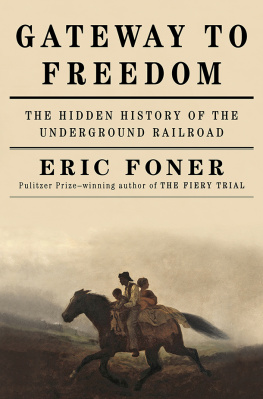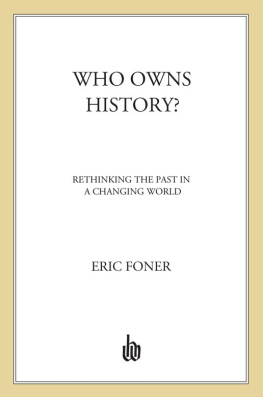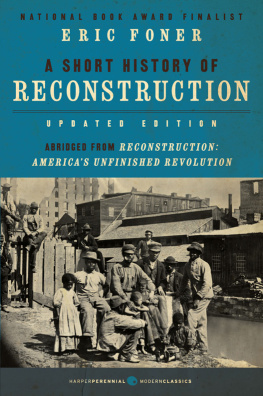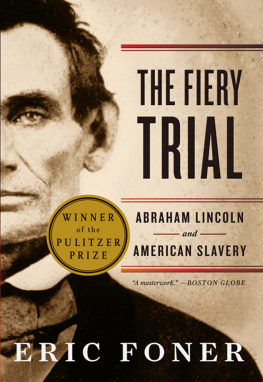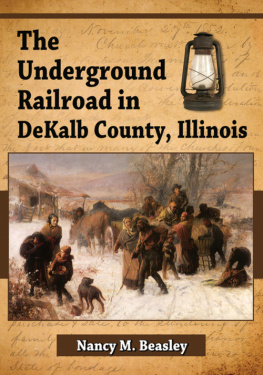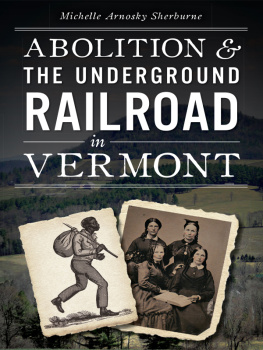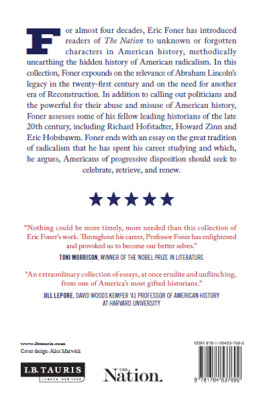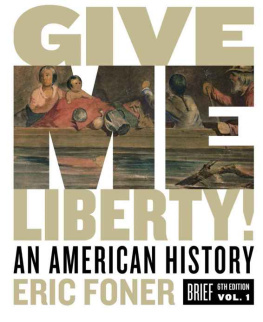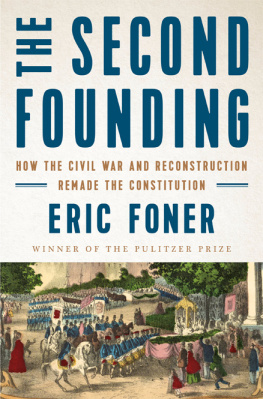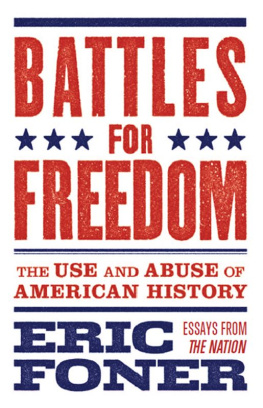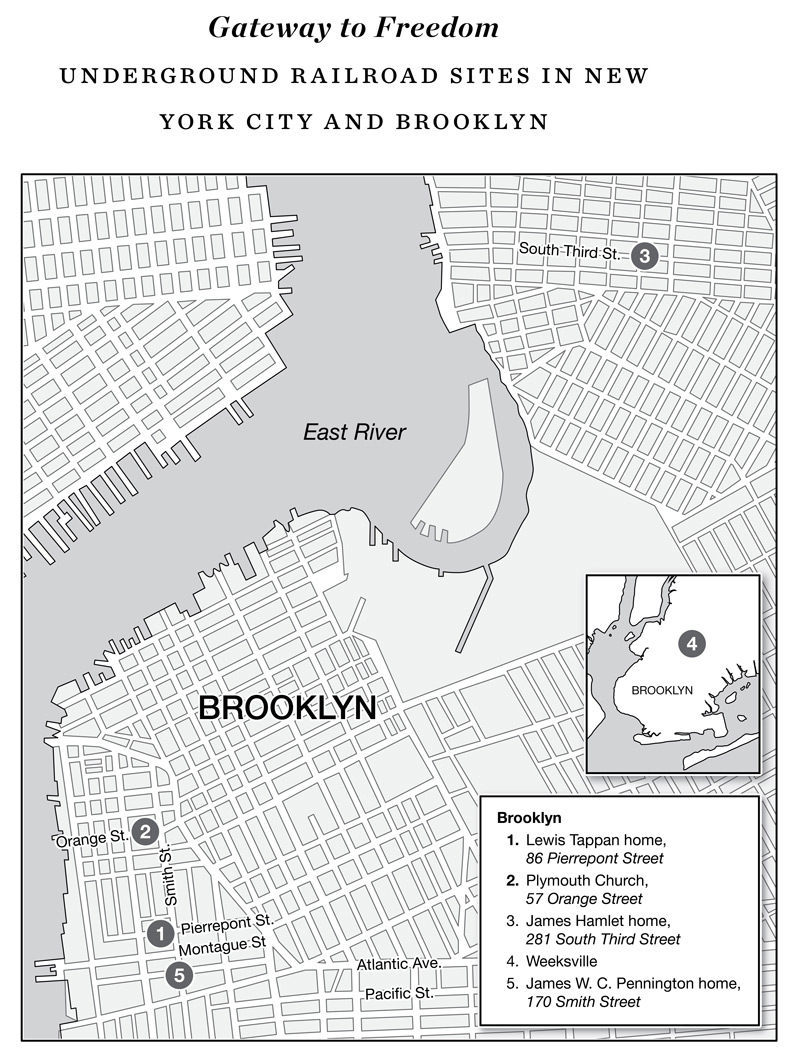To my students
CONTENTS
Gateway
to
Freedom
Maps
p. xiv, Gateway to Freedom : Underground Railroad Sites in New York City and Brooklyn
p. 157, Gateway to Freedom : Major Sites of the Underground Railroad in the Metropolitan Corridor
p. 201, Gateway to Freedom : Underground Railroad Sites and Origins of Fugitive Slaves
Illustrations
FOLLOWING PAGE 78:
The Runaway, 1837.
View of South Street from Maiden Lane by William James Bennett, 1827.
The Mayor and Police of Norfolk Searching Capt. Fountains Schooner by William Still, 1886.
The Colored Stevedore.
A Northern Freeman Enslaved by Northern Hands, 1839.
The Disappointed Abolitionists, 1838.
The Rev. Theodore S. Wright.
Lewis Tappan.
Charles B. Ray.
Sydney Howard Gay.
John Jay II.
James S. Gibbons, Abigail Hopper Gibbons, and Family, 1854.
FOLLOWING PAGE 142:
The Philadelphia Vigilance Committee, 1850s.
The Resurrection of Henry Box Brown at Philadelphia, 1851.
Graceanna Lewis.
William Whipper.
The Follies of the Age, Vive La Humbug! 1855.
Maria Weston Chapman.
Anti-Slavery Bazaar broadside, 1856.
Read and Ponder the Fugitive Slave Law! broadside.
The Fugitive Slave Law... Hamlet in Chains, 1850.
Marshals Posse With Burns Moving Down State Street.
FOLLOWING PAGE 206:
Cazenovia Convention, 1850.
Albany Vigilance Committee broadside, 1856.
Stephen Myers.
Jermain Loguen.
Harriet Tubman.
Page from the Record of Fugitives compiled by Sydney Howard Gay, 1856.
Fugitive slave ad for Emeline Chapman and her children, Baltimore Sun , 1855.
Fugitive slave ad for four men, Baltimore Sun , 1855.
The Railroad Suspension Bridge Near Niagara Falls by Currier and Ives, 1857.
Elgin Settlement advertisement, 1859.
Fugitive Slaves Fording the Rappanhannock River, 1862.
T he nineteenth centurys most celebrated black American first tasted freedom on September 4, 1838, when he arrived in New York City as a nineteen-year-old fugitive slave. Frederick Bailey had long hoped to escape from bondage. As a youth in Maryland he gazed out at the ships on Chesapeake Bay, seeing them as freedoms swift-winged angels. He secretly taught himself to read and write, understanding, he later wrote, that knowledge was the pathway from slavery to freedom. In 1836, he and four friends devised a plan to abscond by canoe onto the bay and somehow make their way north. But the plan was discovered, and before their departure the five were arrested, jailed, and returned to their owners.
Two years later, while working as a caulker in a Baltimore shipyard, Bailey again plotted his escape, this time with the assistance of Anna Murray, a free black woman he planned to marry. She provided the money for a rail ticket, and Bailey borrowed papers from a retired black sailor identifying him as a free man. Dressed in nautical attire, he boarded a train, hoping to reach New York City. Maryland law required black passengers on the Philadelphia, Wilmington, and Baltimore line (which opened only a year before Baileys escape) to apply for tickets before eight oclock in the morning on the day of travel so that their free papers could be examined and, if necessary, investigated. But the measure remained largely unenforced. Bailey used a printed timetable to arrive at the station at the moment of the trains departure and purchased his ticket on board to avoid scrutiny.
Despite the short distanceless than 200 milesthe trip proved arduous and complicated. Thirty-five miles north of Baltimore the passengers had to disembark to cross the Susquehanna River by ferry. At Wilmington, they boarded a steamboat for Philadelphia. There, Bailey later recalled, I enquired of a colored man how I could get on to New York. The man directed him to a depot where Bailey took a ferry to Camden, New Jersey, then the Camden and Amboy Railroad to South Amboy, then another ferry across the Hudson River to a dock at the foot of Chambers Street. Less than twenty-four hours after leaving Baltimore, he disembarked on free soil. A new world burst upon my agitated vision, he would later write.
In spite of his exhilaration, Bailey was frightened and alone, and he had no real plan about what to do next. He encountered Jake, a fugitive slave he had known in Maryland, who warned him that although they were in a free state, slave catchers roamed the citys streets. Shortly thereafter, a warm-hearted and generous black sailor directed him to the home of David Ruggles at 36 Lispenard Street, not far from the docks. Ruggles was secretary and prime mover of the New York Committee of Vigilance, founded three years earlier to combat an epidemic of kidnapping. Many years before Solomon Northup drew attention to this problem in his widely read memoir, Twelve Years a Slave , free blacks, frequently young children, were abducted on New Yorks streets for sale into southern slavery.
Like Bailey, Pennington (born James Pembroke) was a fugitive slave. He had escaped in 1827, at the age of twenty-one, from Washington County, Maryland, just south of the Mason-Dixon Line, leaving behind his parents and ten brothers and sisters. Pembrokes journey to freedom proved far more harrowing than Baileys. He started out on foot, but with no knowledge of distance or direction, he ended up heading southeast, toward Baltimore, not north. He received advice from a number of people, white and black, about how to avoid slave catchers, but at one point a group of men seized him, hoping to claim the $200 reward his owner had advertised for his return. Pembroke managed to escape from his captors and eventually made his way to southern Pennsylvania, where a Quaker couple, William and Phoebe Wright, sheltered him for six months, paid him for work as a farm laborer, and taught him to read and write. Pennington moved on to New York City in 1828. He found a job in Brooklyn, attended classes in the evening, and became a teacher in a black school on Long Island. By the time he officiated at the Baileys wedding, Pennington had become pastor of a local Congregational church.
Unlike Pennington, Frederick Bailey did not remain in New York. He considered himself comparatively safe, but Ruggles appreciated the precarious situation of fugitives in the city. Soon after their wedding he gave the couple five dollars (more than a weeks wages for a manual laborer at the time) and told them to head to New Bedford, Massachusetts, where another black abolitionist would receive them. A major port city, New Bedford was the worlds whaling capital. Its shipyards and oceangoing vessels provided employment to many free blacks and escaped slaves. Indeed, because of its strong abolitionist movement and thriving black community long accustomed to sheltering runaways, the city was known as the fugitives Gibraltar (or, as a Virginia newspaper put it, a den of negro thieves and fugitive protectors). In the fall of 1838, having discovered that in New Bedford, Johnson families were so numerous as to cause some confusion in distinguishing one from another, Frederick Bailey changed his name one last time. Henceforth, he would be known as Frederick Douglass.

